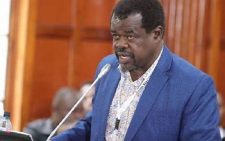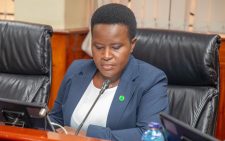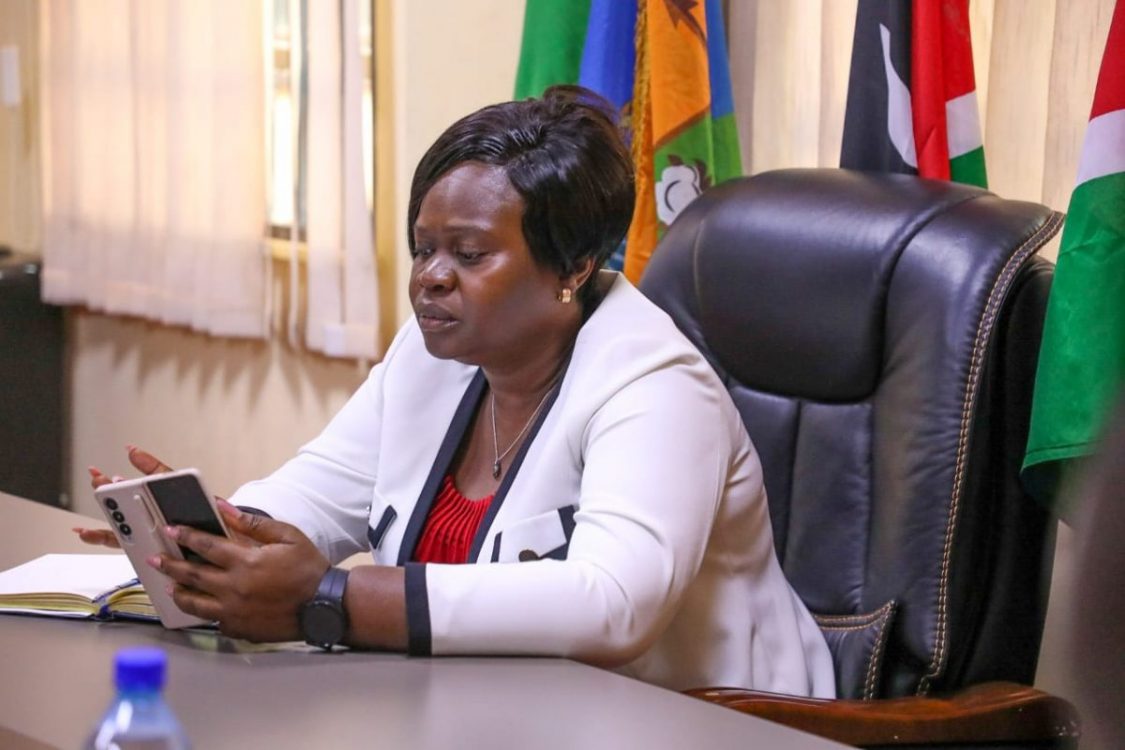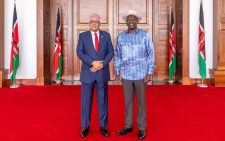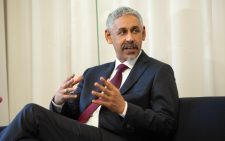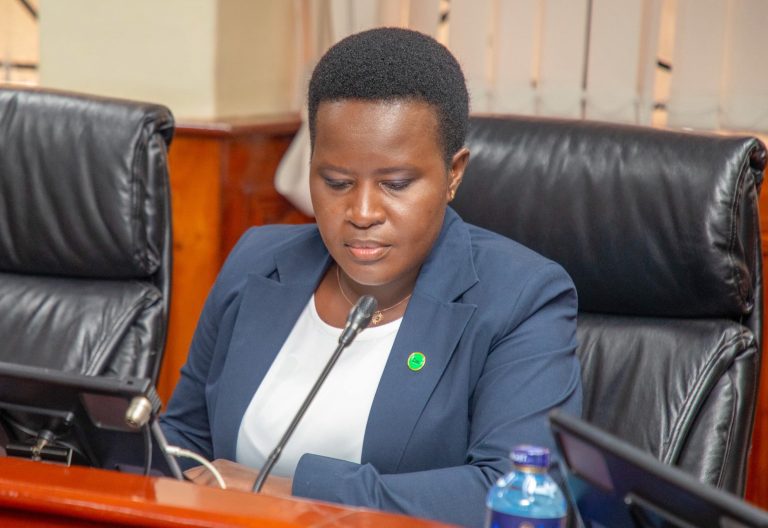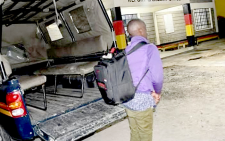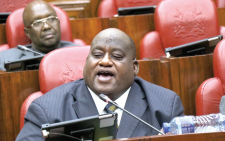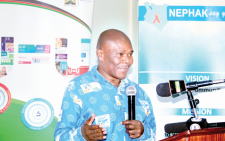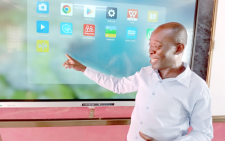African art mystery
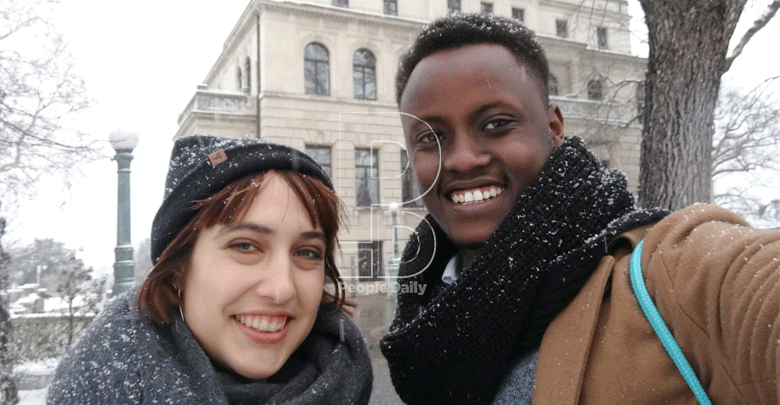
If Objects Could Speak is a documentary co-produced and co-directed by Saitabao Kaiyare and Elena Schilling.
It recently won the Ousmane Sembene prize in the Zanzibar International Film Festival 2021.
The two find an object in a German museum and try to find its origins and significance.
Due to immigration laws and prohibitive taxes, they decide to make a 3D-scan of the object and travel to Kenya in search of knowledge, armed only with the information that the object belonged to the Kikuyu community in the early 19th century.
The film is a journey spanning Germany and Kenya, as the two ,together with a dedicated film crew, look for answers to complex questions of culture and the role lost artefacts play in it.
Like with all documentaries, one cannot guarantee how a film will end or which way the story will go.
Everything hinges on the questions one asks and how people respond to them.
Kaiyare and Schilling describe the experience as elucidating as they both learnt a lot about culture and what role it plays in identity during the filming of the documentary.
Kenya’s Kaiyare is the creative director of Baruu Collective, and brings to the table a few years of directing films and television shows with this being his first documentary.
Schilling is a filmmaker based in Stuttgart, Germany, with several multimedia projects that include several docu-films under her belt.
The two co-direct and co-narrate the film, making it more nuanced and impactful than a heavy-handed one-sided narrative would have been.
Balanced delivery
“I am from Germany. I have always gone to these museums and would see African artefacts all the time.
It never occurred to me to question their origins or what they were doing in Germany so many miles from Africa.
When Saitabao went to the museums, he saw the same artefacts and started questioning how they got to a European museum so far from Africa.
This is how the idea for the documentary was born. We felt that the issue would be best tackled with each of us representing each side of the story,” Schilling explains.
After a lot of research and many meetings with museum officials and collection curators in Germany, the search for answers takes the team to the interiors of Murang’a, where they find it quite difficult to learn what the object was used for.
Luckily, they come across a group of old men who say the object was called a ndorothi.
“Most people we spoke to had never seen this object. It was very hard to get its name and functions.
This raised the important question of how and when elders should share cultural knowledge, as there is a real fear of these people dying with the knowledge they have.
But how again does someone share the knowledge they have about an object they saw a long time ago, and have never seen again?
I love heritage and culture and the filming process evoked a lot of questions that we may not have the answers to yet,” Kaiyare explains.
Effects and lessons
The documentary explores the effects of colonialism and how people are still afraid of the ocean, as that is the route that colonialists used to get to Africa.
It explores the multitude of feelings Kenyan youth have about stolen artifacts being displayed in foreign museums, and how they perpetuate a caricature of what Africa is and Africans are.
“We could not move with the real artifact from Germany due to immigration laws and high taxes.
Like with all documentaries, you do not start with a script, you start with a question and see where the search for answers take you,” says Schilling.
t is an important piece of work that transcends Kikuyu culture and the Kenyan borders, as lost culture is a common theme in Africa.
“The film has resonated with people both in Kenya and in Africa. The issue of stolen artifacts is something that most African countries contend with.
When it was shown in ZIFF in Zanzibar for instance, it resonated very well with the people,” adds Kaiyare.
The documentary is less than a half hour long, edited from 40 hours of footage.
The brevity of the documentary was a deliberate choice, as directors did not want to confound audiences with too much information.
The great thing about it is that it pitches possible solutions, with one being the repatriation of the artifacts and the museums having 3D versions of the original exhibits.
With growing technology, augmented reality can be leveraged to still have copies of African exhibits in foreign museums while the original artefacts are shipped back to their countries of origin.
But this will take time and effort even with the film being shown to ‘powerful’ people in Germany.
But any progress does not happen overnight. It takes time. Only time will tell the extent of the impact and the conversations that the film sparks. This could therefore be analysed as a matter of wait and see.



